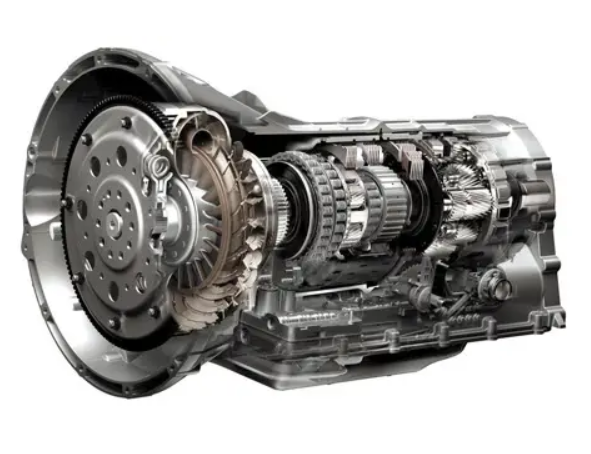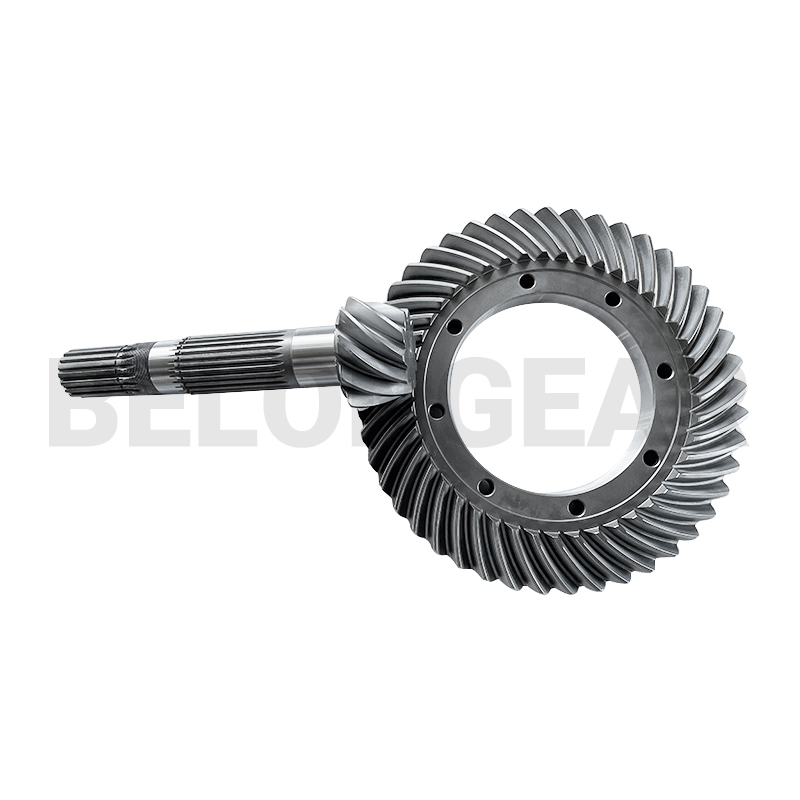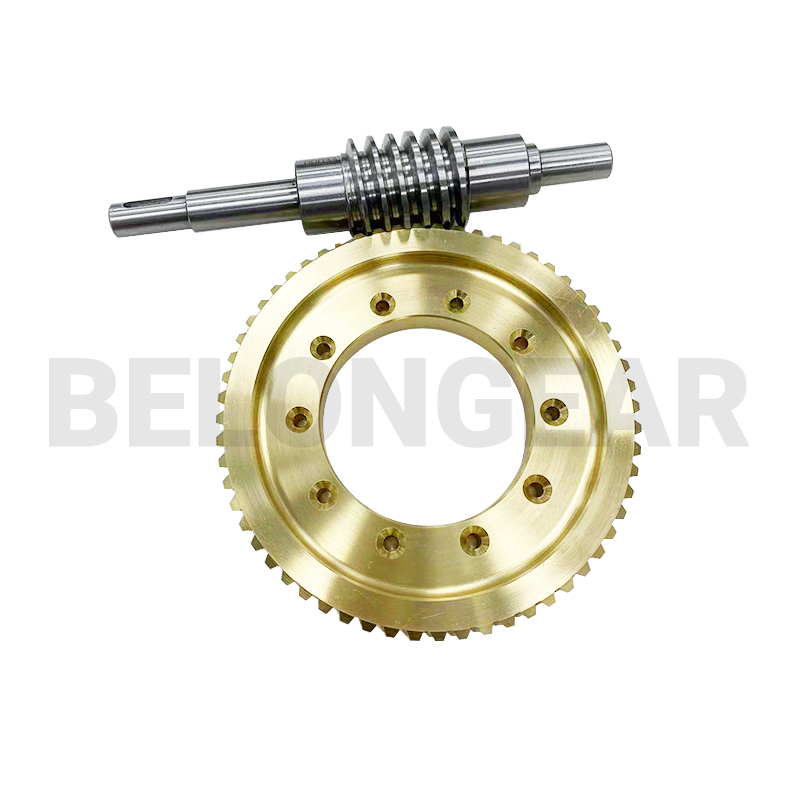A rotary gear system is a fundamental mechanical solution used in countless industries to transfer motion and power with efficiency, accuracy and reliability. By converting rotary motion from one shaft into controlled motion on another, gears enable machinery to operate smoothly and with consistent torque. Whether in heavy industrial equipment, automotive transmissions, robotics or aerospace applications, rotary gear systems are at the heart of precision engineering.
How a Rotary Gear System Works
At its core, a rotary gear system consists of two or more gears with teeth that interlock. When one gear, known as the driver, rotates, it transfers motion to the driven gear. The interaction of gear teeth allows engineers to change the speed, torque and direction of rotary motion. For example, a larger gear driving a smaller one increases speed, while a smaller gear driving a larger one increases torque. This flexibility makes gear systems one of the most versatile power transmission methods available.

Types of Rotary Gear Systems
Rotary gear systems come in a variety of designs to meet different engineering needs:
Spur gears – The most common type, featuring straight teeth and parallel shafts. Spur gears are ideal for applications requiring high efficiency and moderate speeds.
Helical gears – With angled teeth, these gears provide smoother and quieter operation compared to spur gears, making them suitable for automotive and industrial gearboxes.
Bevel gears – Designed to transmit power between intersecting shafts, bevel gears are essential in machinery requiring angular motion transfer.
Worm gears – Allow large reductions in speed while increasing torque. They are also useful for applications needing nonr eversible drives.
Planetary gear Systems – A compact design with high load capacity, often used in robotics, aerospace and precision machinery
Key Advantages
The rotary gear system offers several benefits over other transmission methods:
-
Efficiency: Properly designed gears deliver high power transfer efficiency.
-
Precision: Accurate tooth design ensures consistent motion and controlled torque.
-
Durability: High-quality materials and treatments, such as carburizing or grinding, extend gear life under heavy loads.
-
Flexibility: Different gear types allow customization for speed reduction, torque multiplication, or directional change.
Applications Across Industries
Rotary gear systems are indispensable in:
-
Automotive: Transmissions, differentials, and steering systems rely heavily on gears.
-
Industrial Equipment: Conveyors, pumps, and compressors use gear systems for smooth operation.
-
Robotics and Automation: Precision gears control motion in robotic arms and servo drives.
-
Aerospace: Aircraft engines and control systems depend on lightweight, high-strength gears.
-
Energy and Power Generation: Gear systems are used in turbines, windmills, and heavy-duty generators.
The Future of Rotary Gear Systems
With advances in manufacturing technologies such as 5 axis machining, precision grinding, and additive manufacturing, gear systems are becoming more efficient, compact, and durable. Materials such as advanced alloys and composites further enhance performance while reducing weight. Additionally, digital simulation and computer-aided design allow for more accurate gear geometry and reduced development times.
Post time: Sep-01-2025






